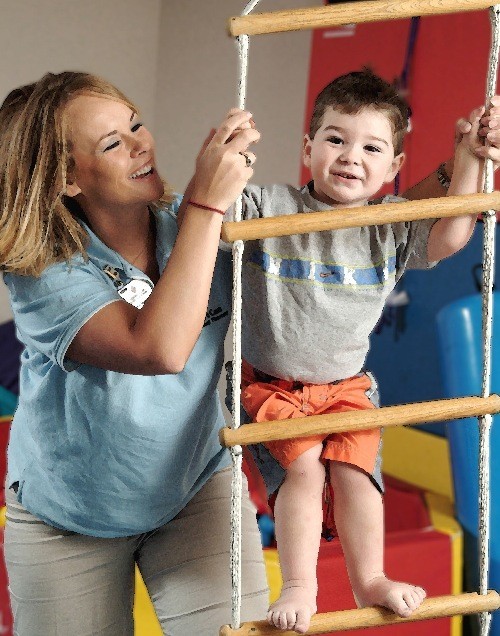Occupational Therapy is the only profession that helps people across the lifespan to do the things they want and need to do through the therapeutic use of daily activities (occupations). Occupational Therapy practitioners enable people of all ages to live life to its fullest by helping them promote health, and prevent—or live better with—injury, illness, or disability.
Common Occupational Therapy interventions include helping children with disabilities to participate fully in school and social situations, helping people recovering from injury to regain skills, and providing supports for older adults experiencing physical and cognitive changes. Occupational Therapy services typically include:
- an individualized evaluation, during which the client/family and occupational therapist determine the person’s goals,
- customized intervention to improve the person’s ability to perform daily activities and reach the goals, and
- an outcomes evaluation to ensure that the goals are being met and/or make changes to the intervention plan.
Occupational Therapy practitioners have a holistic perspective, in which the focus is on adapting the environment and/or task to fit the person, and the person is an integral part of the therapy team. It is an evidence-based practice deeply rooted in science.


Occupational Therapy evaluates/treats
- ADLs (activities of daily living that include dressing, feeding,
- dressing/undressing/fastening fasteners
- feeding
- use of oral structures for eating
- use of utensils and cup
- Bilateral Coordination
- Core strength and Endurance
- Fine Motor Skills
- Gross Motor Skills
- Handwriting
- Oral Motor Skills
- Ocular Motor Function
- Organization and sequencing of tasks
- Sensory Processing
- Self-regulation
- Social Emotional Status
- Visual Motor and Visual Perceptual Abilities
